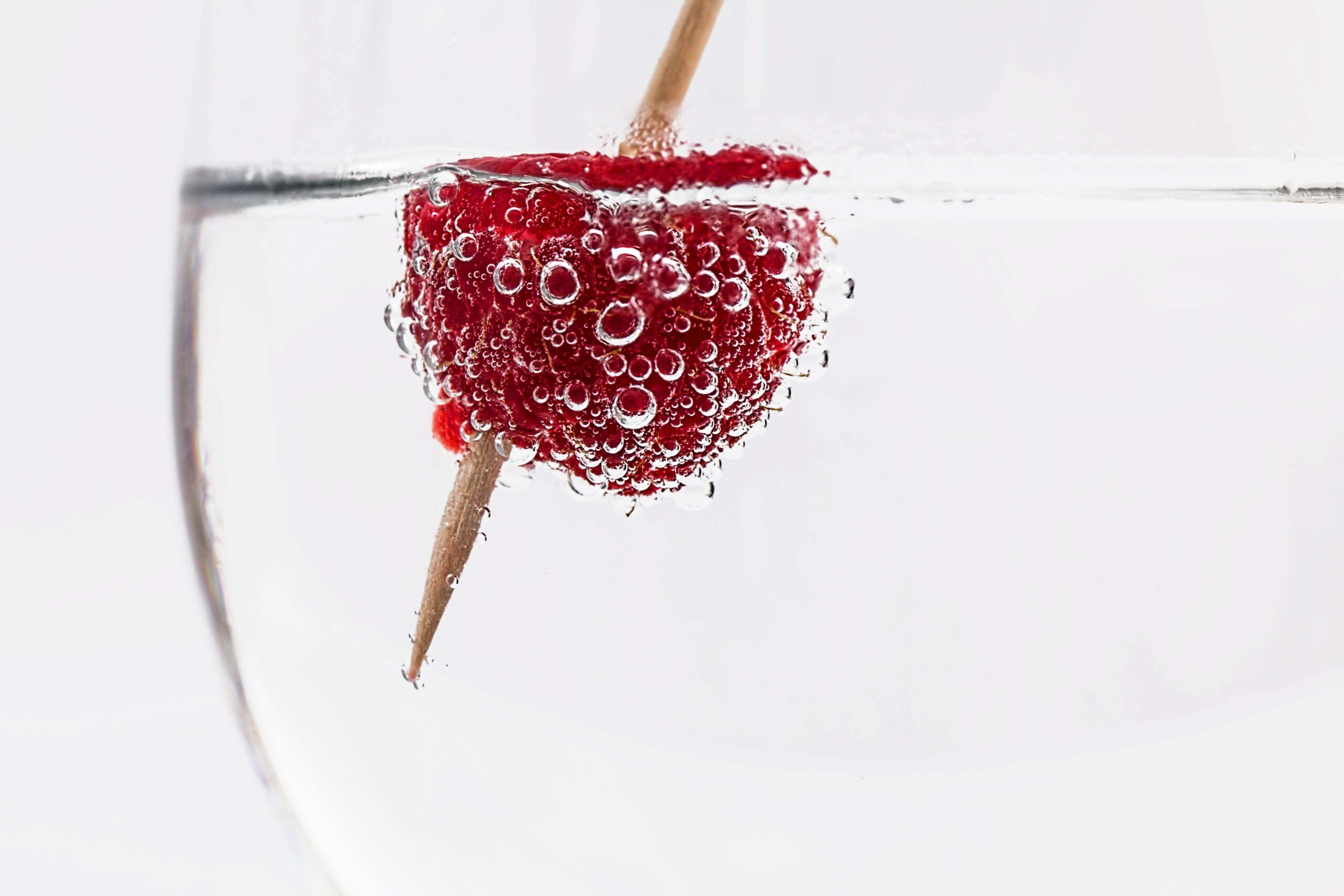
Why Do Customers Trust Products with Hologram Labels More?
If you want to ensure that the alcohol you’re buying is genuine and safe to consume, it’s important to know how to recognize the security features on its packaging.
What is counterfeit alcohol?
There are two types of counterfeit alcohol: The type that is made to at least resemble a drinkable product and the kind that is a complete scam.
Although lots of liquor enthusiasts can tell if the wine or spirit they’re drinking tastes a little different than normal, there are plenty of people who can’t. So, criminals make counterfeit alcohol, slap a brand-name label on it and sell it as the real deal. Even though it may not taste great, at least the fake product is made with ingredients that normally go in spirits.
The other kind of counterfeit alcohol is so much worse, since there’s either very little or no effort at all to make it taste good. Often this type of counterfeit liquor is made by watering it down or adding abhorrent liquids like fuel or antifreeze. Obviously, you don’t want to be drinking that.
You are currently viewing a placeholder content from YouTube. To access the actual content, click the button below. Please note that doing so will share data with third-party providers.
More InformationHow to Tell If Alcohol Is Fake
If you’re a store owner who sells liquor, or you work in the hospitality industry, don’t buy from some random person who claims to have better prices on wine or whiskey. Only buy your alcohol from reputable distributors or the manufacturer itself.
Double-check the product’s and make sure it’s packaged in the usual container. Also look at the bottle’s label to see if there are any irregularities in the brand’s logo, or if there’s any other issues like spelling mistakes or incorrect information. Also check to see that it’s been properly sealed. That’s a good rule to follow at all times. Most importantly, look for authentication security features like a hologram.
Then, of course, there’s the smell and taste. If the liquor gives off strong odd smells like chemicals or fuel, then you don’t have to be a genius to realize it shouldn’t be ingested. If it tastes like something is very, very wrong with it, don’t drink it, as it may be a danger to your health. In addition, if you noticed that the liquid is unusually layered or there’s sediment at the bottom, then that’s another solid indication you have a counterfeit product.
How to Spot Security Features on Alcohol Packaging
-
If you want to ensure that the alcohol you're buying is genuine and safe to consume, it's important to know how to recognize the security features on its packaging. Here are some key things to look out for:
-
Authentic hologram: A hologram is often included on the top of the bottle as a proof of authenticity. Make sure it's intact and not tampered with. You can also scan the QR code on the hologram to check the product's origin.
-
Label quality: Check that the label is securely glued to the bottle and that it appears to be of good quality. Any signs of peeling or damage could be an indication of tampering.
- Printing quality: Inspect the barcode printing on the label. If it appears blurry or off-center, it could be a sign that the product is a counterfeit. Be sure to compare it with the printing on other bottles of the same brand to verify its authenticity.
Brand Protection: The Key to Stopping Counterfeits
Particularly in the beauty industry where fake products are widespread. As a brand owner, it’s crucial to take measures to safeguard your products and reputation.
If you’re interested in learning more about effective brand protection strategies, consider exploring the security solutions offered by 3D AG. Our services are specifically designed to combat counterfeiting and protect your brand. Contact us today to find out more.
